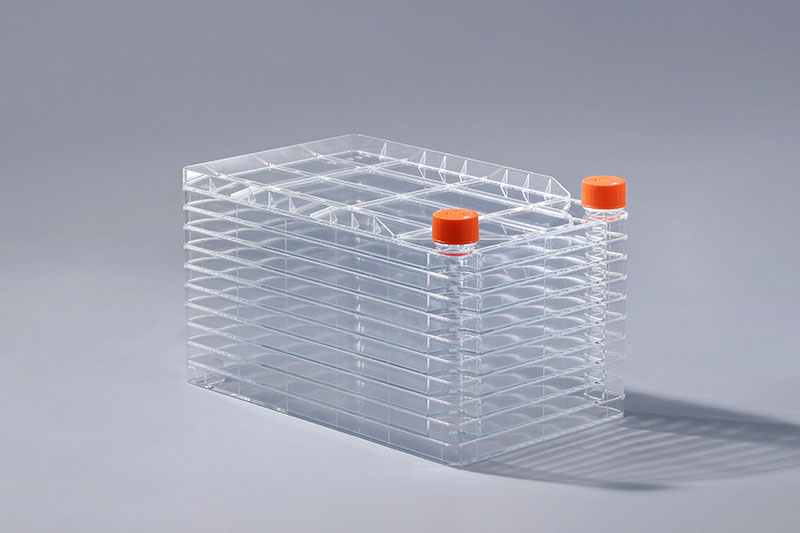세포의 성장은 환경, 온도, pH 값 등에 대한 요구 사항이 매우 엄격하며 세포 배양에 사용되는 세포 소모품의 품질도 세포의 성장에 영향을 미칩니다. Cell factory은 일반적으로 부착 세포 배양에 사용되는 소모품이며 품질에 영향을 미치는 4가지 주요 요소가 있습니다.
1. 생산 원료: 고품질 원료는 고품질 제품의 기초입니다. 셀 공장의 원료는 폴리스티렌(PS)이며 USP Class VI의 요구 사항을 충족해야 합니다. 단어 요구 사항은 의료 분야의 플라스틱 재료 및 바이오 의약품의 파이프라인 제품을 테스트하는 것입니다. 현장에서 사용되는 보다 엄격한 테스트는 다양한 실험 사양을 준수하는 비임상 실험실 연구입니다.
2. 생산 환경: 세포는 특히 성장 환경에 민감하므로 소모품에는 생산 환경에 대한 더 높은 요구 사항을 제시하는 내독소와 같은 세포에 유해한 물질이 포함되어 있지 않아야 합니다. 소모품은 10,000등급 전용 클린룸에서 생산되어야 하며 엄격한 검증(플랑크톤, 침전, 부유입자 검출)을 거쳐야 하며, 생산환경의 안정성을 보장하기 위해 GMP 워크숍에 따른 품질관리를 실시해야 합니다.
삼. 생산 공정 제어: 이것은 사출 성형 매개변수, 사출 온도 등과 같은 생산 공정에서 제품의 모든 측면을 포함하는 것을 의미하며 이는 완제품의 품질에 영향을 미칩니다.
4. 품질 검사: 품질 검사는 셀 공장 생산 후 중요한 공정입니다. 검사가 필요한 항목은 밀봉, 생물학적 안전성, 물리화학적 안전성, 제품 유효기간 확인, 표면 친수성 등을 포함하며, 이러한 검사를 통해 제품이 품질 기준에 부합하는지 판별합니다.
품질에 영향을 미치는 요소 세포 공장은 주로 위의 네 가지 측면을 포함합니다. 이러한 요인들을 통제해야만 고품질의 제품을 생산할 수 있어 세포 성장에 좋은 환경을 제공할 수 있습니다.
The FAI climbed 5.9 percent year-on-year in the first 11 months of 2018, quickening from the 5.7-percent growth in Jan-Oct, the National Bureau of Statistics (NBS) said Friday in an online statement.
The key indicator of investment, dubbed a major growth driver, hit the bottom in August and has since started to rebound steadily.
In the face of emerging economic challenges home and abroad, China has stepped up efforts to stabilize investment, in particular rolling out measures to motivate private investors and channel funds into infrastructure.
Friday's data showed private investment, accounting for more than 60 percent of the total FAI, expanded by a brisk 8.7 percent.
NBS spokesperson Mao Shengyong said funds into weak economic links registered rapid increases as investment in environmental protection and agriculture jumped 42 percent and 12.5 percent respectively, much faster than the average.
In breakdown, investment in high-tech and equipment manufacturing remained vigorous with 16.1-percent and 11.6-percent increases respectively in the first 11 months. Infrastructure investment gained 3.7 percent, staying flat. Investment in property development rose 9.7 percent, also unchanged.
 English
English



















































